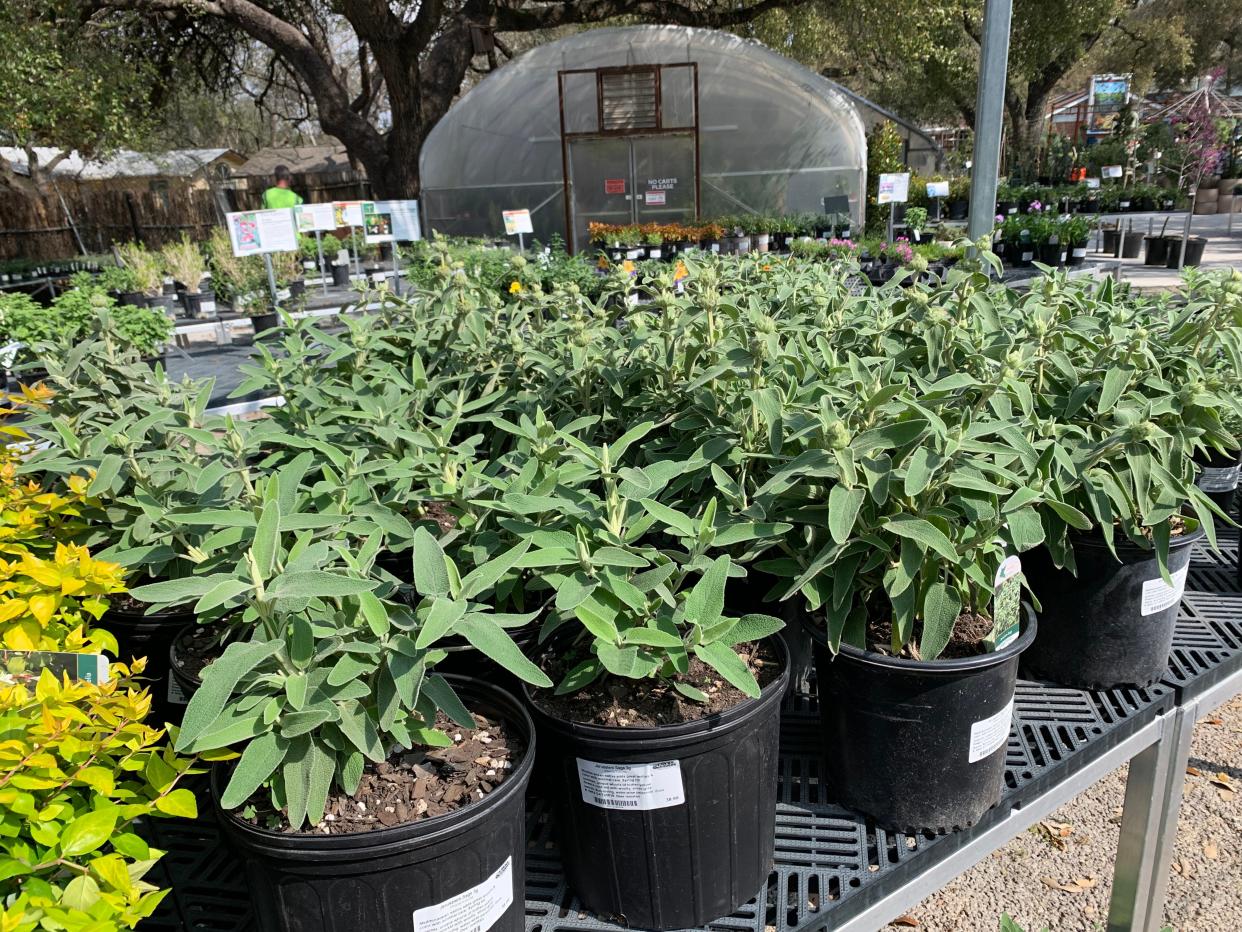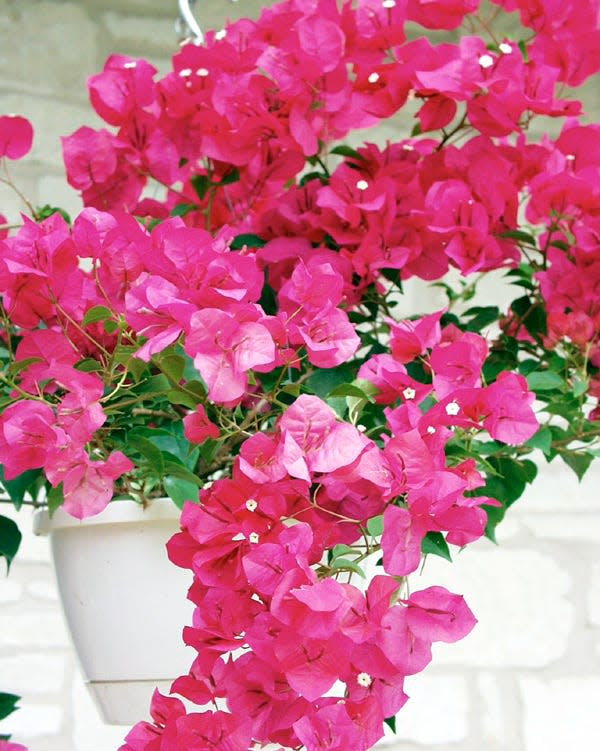What do I plant now? Shorter Central Texas winters mean that gardeners can start earlier

By custom, March means it is time to plant in Austin.
Gardeners should be inspired by nature's readiness. Redbuds are budding. Bearded irises are crowning. Mexican plum trees are mantled with snowy white blossoms.
Time for Central Texas gardeners to roll up their sleeves and slip on those worn work gloves.
One preparatory step for many of us: Clearing out the sticky willies, hedge parsley and crab grass that snuck into our garden beds during late February.
That is, unless you prefer to shape and nurture them. One Texan's "weeds" are another Texan's "natural landscaping."
Before turning the first spade of soil to plant new perennials or woody plants, however, there's a perfect question for Austin Answered:
Does the updated USDA plant hardiness zone map impact Central Texas gardening?
In November, the United States Department of Agriculture announced an update to its plant hardiness zone maps, which the agency reports are consulted by some 80 million gardeners and growers each year.
On the handy map, the USDA switched most of the Austin area from one half-zone, 8B, to another, 9A, which relates to the average annual extreme minimum temperatures.
That might seem hard to believe since we've experienced hard freezes for the past three winters, including a whopper in 2021.

"Our winters are becoming shorter," says Mark Gibbs, co-founder and sales floor manager of The Great Outdoors Nursery on South Congress Avenue. "That doesn't mean we won't have winter. In fact, it can be extreme when it occurs."
Both the shorter winters and the extreme winter events are related to climate change. Garden-wise, it means Austin will have less in common with, say Dallas, Fort Worth or El Paso, all still located in 8B, and more with San Antonio, firmly in 9A, and parts of Greater Houston.
More: Don't look now: Austin and San Antonio are more alike than you think. Here's how.
We were already situated near the border between 8B and 9A, so the change won't be noticeable to many gardeners here. And Hill Country temperatures will remain colder than those down on the prairie and forest lands to the east.
"I knew we would get to 9 someday," says Gibbs, who grew up in San Antonio and has worked in New Braunfels and San Marcos, where he now lives. "It's still about being prepared to protect plants when freezes come. And we can get an earlier start on planting perennials. "
What can I plant now?
Consider adding these plants to your gardening repertoire:
Skullcap: "This is mostly for foregrounds," Gibbs says of the short flowering plant from the mint family. "Now it will stay green."
Jerusalem Sage: Plenty of these "mid-tier" shrubs, native to the eastern Mediterranean, were on sale at The Great Outdoors the first week of March.
Black and blue Salvia: I've noticed more of these majestic flowering plants thriving in my Bouldin neighborhood. We experimented with some in March 2023 and they added a new color dimension to our gardens. Gibbs: "They flower very quickly, too."
Cedar sage: "Old school but making a comeback," Gibbs says of these red-flowered plants from the mint family. We planted some on the verges of our lavender bed 15 years ago and they blossomed vigorously during last summer's heat. "They seed easily."
Bougainvillea: In the past, these thorny ornamental vines from South America — their flowers come in cascades of brilliant red, pink, purple, orange or white — didn't always survive Austin's weather challenges. Now I see them everywhere in South Austin. "I tossed some in the garden 10 years ago," Gibbs says. "They made it through snow, ice and drought. And they are so pretty!"
More Austin Answered
Want your garden to survive Texas freezes, floods, heat, droughts? What to plant and when.
Where have all the cedar waxwings gone? What to know and how to spot one.
Are you doing some backyard birdwatching in Austin? Keep an eye out for these winter birds
Send your questions — or answers — about Central Texas past and present to "Austin Answered" at mbarnes@statesman.
This article originally appeared on Austin American-Statesman: Austin in new USDA plant hardiness zone map. Can I plant sooner?

